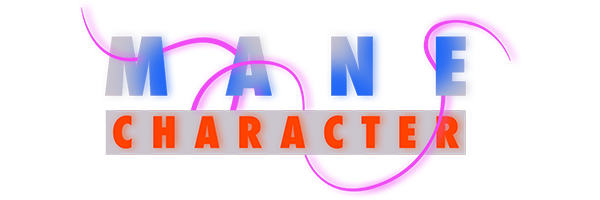Trying PRP For Hair Loss Changed How I Felt About My Curly Hair
Growing up, I never realized the magnitude of damage I did to my hair in pursuit of a straighter texture. My room reeked of burnt hair and I was addicted to my straightener.
While many people might run for the hills at the thought of having anything injected into their scalp, I was fascinated by the process of PRP, which uses your blood plasma to help restore hair.
It took me years to finally love and appreciate my curls — only to see them become thinner and weaker. Investing in all these products and treatments is like a do-over.








